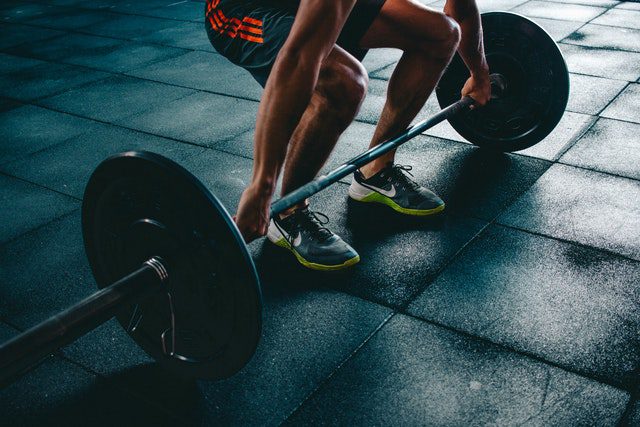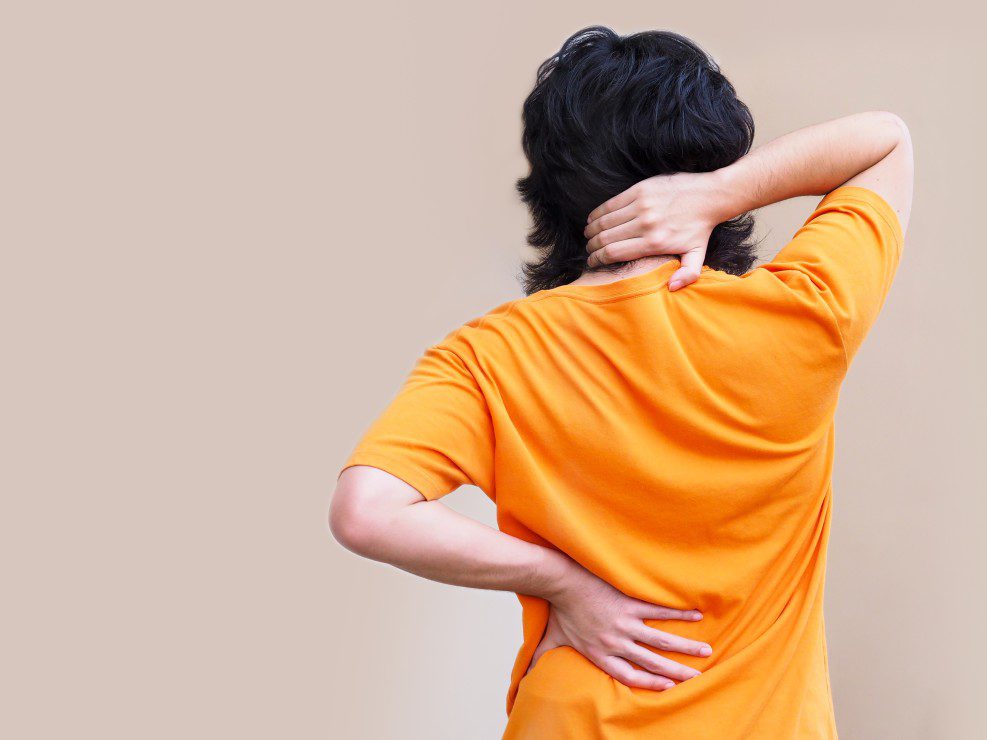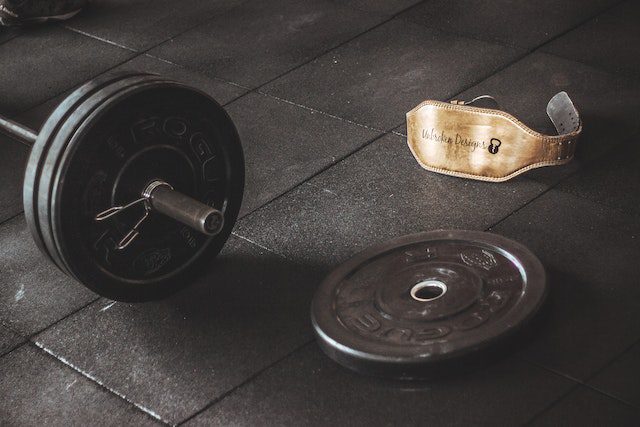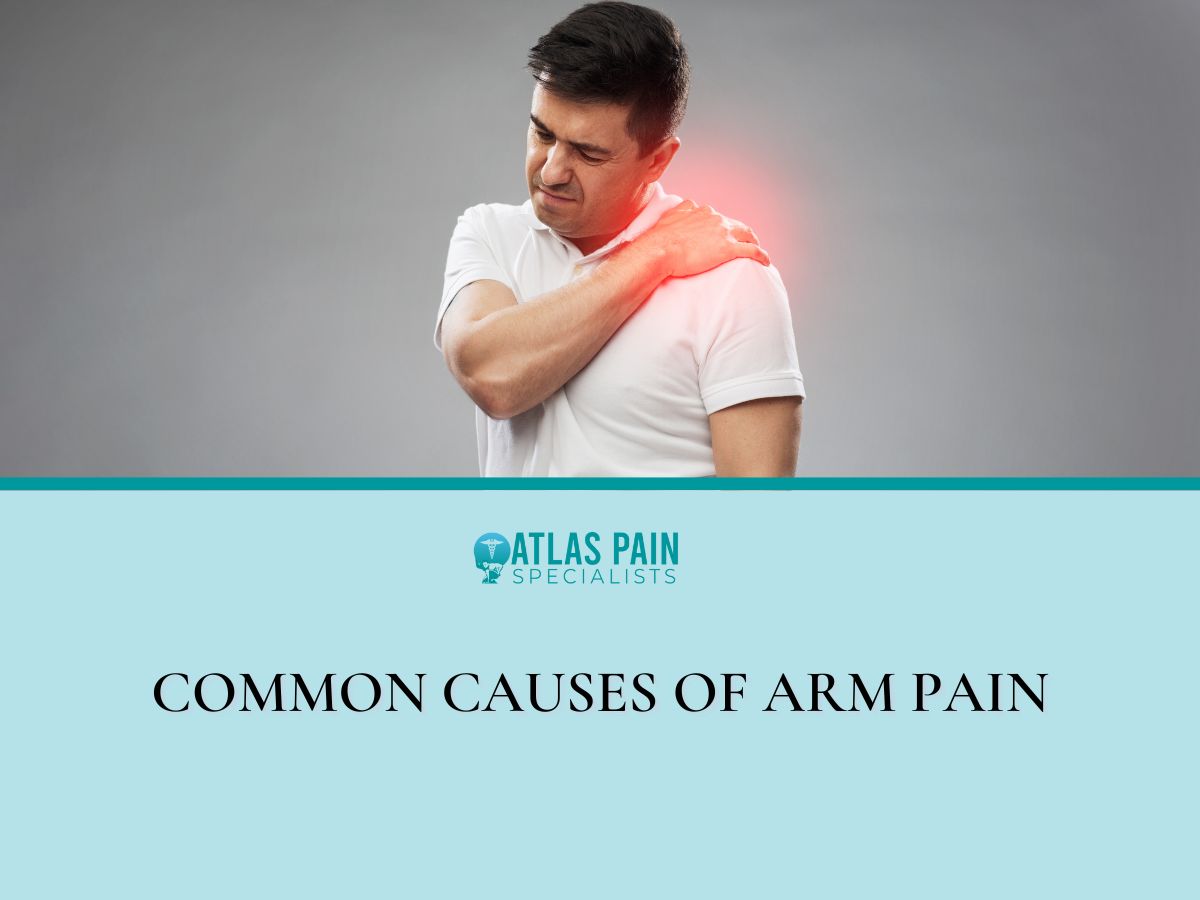

CrossFit lower back pain (Tips to help ease lower back pain from crossfit)
CrossFit can help you become in better shape, but only if you use the appropriate techniques, have the right attitude, and incorporate exercises that target your balance, core strength, and stability. It involves high intensity exercises that when poorly done can result to poor posture, muscle imbalances, and lower back pain.
As much as CrossFit is a great way of building strength and mental toughness, if your technique is sloppy, you may miss out on the benefits and it may lead to CrossFit lower back pain.
CrossFit lower back pain: Why it occurs

Lower back pain from CrossFit starts as periodic pain as you work out but it increases with each repetition or daily work out. Insufficient warm-up and cool-down contribute to poor core stability, tight hip flexors, and strained back muscles, which are often the result of overly strenuous workouts.
Here are some of the common causes of CrossFit back pain:
1. Tight hip flexors
Sitting at a desk all day, then going to the gym to lift heavy weights, then coming home to catch up on your favorite show or binge watch Netflix can cause chronic low back pain.
The psoas and iliacus, two hip flexor muscles, are to blame. In contrast to the iliacus, which is a short, flat muscle that travels from the pelvis up to the thigh bone, is the iliacus, which is a long, deep muscle.
Pain in the lower back might be caused by tight hip flexors and a restricted hip extension range of motion. Stretching and foam rolling can help, as can increasing your core stability.
Foam rolling and lacrosse ball release work combined with sofa stretch can be really beneficial.
2. Poor core stability
If your core is weak and uncoordinated, working on your six-pack abs will do you no good. Rectus abdominis, also known as the "six-pack muscle," is one of only about 35 core muscles in the body (depending on how you count).
Lower back discomfort is frequently caused by a lack of stability and strength in the core of the body. Under heavy loads during CrossFit workouts, a strong core is vital for preserving spine and pelvic stability.
You can keep your back strong and under control during the lifts by utilizing this technique. Athletes and non-athletes of all skill levels should incorporate core strength training into their routines.
You should take adequate rest and recovery time if your muscles become sore. The muscles of the core and lower back are put under a lot of strain while participating in Crossfit with high-rep lifts or when maxing out under time pressure.
It is crucial to give your body time to recuperate before your next maximal effort.
3. Lifting with your back
As a result of poor technique, lifting weights that are too heavy for your present level of fitness might result in lower back pain. You may suffer from lumbar strain if the muscles in your lower back are injured (often the erector spinae group and multifidi).
Small tears in the muscular tissue are caused when the muscles along your spine are stretched too far or forced to contract too strongly. Your ability to move and perform will be hampered if you don't address this injury properly.
Sudden pain, muscle spasms, or severe pain can all be signs of a muscle injury. Seek further diagnosis through sports chiropractic treatment if necessary.
4. Sciatica
Sciatica is a symptom that includes leg discomfort, which can range from feeling like a terrible leg cramp to intense, shooting pain that makes standing or sitting almost impossible.
Sciatica can appear quickly or develop over time in both men and women alike. The discomfort in your legs may be accompanied by other symptoms such as a weakening, numbness, or tingling ("pins and needles") sensation.
Piriformis syndrome, disc herniation, spinal stenosis, and spondylolisthesis can all induce symptoms of sciatica. Irritation of the sciatic nerve, which extends down one leg and separates into smaller nerves that travel the other, is common to all of these ailments.
Many parts of the sciatic nerve can become inflamed as it exits the spine and travels down one's leg.
5. Lumbar disc herniation
A herniated disc is a possible cause of sciatica. Every day, I treat patients with disc herniations (commonly referred to as "disc bulges" or "disc protrusions"), a condition that can cause debilitating pain.
Moving freely across the spine is made possible by healthy discs between the vertebrae. Extreme physical exertion, such as heavy deadlifting or squatting without adequate technique, can put an excessive amount of strain on the disc and result in an injury.
When pressure is applied to the discs between the spinal vertebrae, they can bulge or pop out. They can then irritate the many nerves in the back, resulting in a wide range of health complications.
As a result, it is imperative that you seek immediate medical attention if you lose muscle or bladder control.
6. Lumbar Strain
People who carry weights larger than their bodies are equipped for are more likely to suffer from lumbar strain. As a result, the muscles that support the spine are stretched and torn.
When the ligaments, tendons, or muscles in the lower back are over-extended/pulled, the result is a lumbar strain injury. When you over-stretch, you risk tearing the regions of your body that may be damaged by hard lifting or poor warm-ups.
Most people would encourage you to relax, and although this is a good idea, it comes with some potential concerns for individuals. Reverting to old habits, such as overeating or taking longer breaks and reverting back to their old ways, can be a risk.
A coach who is confident in his abilities will likely advise you to show up early the next day and put in the effort. Make it a habit to go to the Box every day and consume better quality meals.
Allow yourself to train in a way that gets the nutrients into your muscles and helps you recover more quickly. Using the most powerful weapon you have, your brain, they will help you discover what works best for you.
7. Iliopsoas
Stiff hip flexors are referred to as iliopsoas. With good pre-workout stretching and a regular exercise routine that strengthens the core, this soreness can be alleviated.
Tips to ease lower back pain from CrossFit exercises

Everyone who participates in CrossFit will suffer an injury at some point. Something will always be sore, strained, or exhausted since that is the nature of the game.
Back pain, on the other hand, has the power to put a stop to both your training and your way of life. We are here to help if you are experiencing lower back pain as a result of Crossfit.
We'll go through the most common forms of injuries, how to treat them, and the safest ways to workout while dealing with them.
1. Aim for Core Stability
The reality is that many Crossfitters are motivated by the desire to achieve their ideal physique. They want to see the definition, the sculpted muscles, and the toned six-pack.
This frequently suggests that they are willing to put in effort in one area but are not concerned about the stability of the core in other areas. Before you even begin to think about your abs, focus on developing the trunk muscles and lower spine muscles.
Change your routine to target these muscles, even if it means cutting back on other activities. Most exercises that target these muscles work the stomach and upper back as well, which is a welcome bonus.
Any activity you undertake need the support of your back to keep you upright. If your body is aching or exhausted, you should take a break before resuming your workouts.
There is a serious risk of long-term injury.
2. Don't lift too heavy
Most CrossFit athletes who experience lower back pain are actually experiencing what is known as lumbar strain. This occurs when you lift weights too heavy for your muscles alongside bad or unusual form.
Instead of having a stable spine during lifting, your muscles become too stretched, causing tears in your muscle tissue. This makes it more and more difficult to lift as you receive less support on your spine and more pain in your back.
3. Care for your core stability and not your abs
True strength is expressed in your core stability, not in your glamour muscles. No matter how amazing your abs may look, if you don't have the right amount of core stability to keep yourself stable through your entire workout, you are going to end up hurting yourself.
CrossFit tends to force athletes to have high rep lifts and max out the amount of weight or reps they can do under a certain amount of time. This leads to mistakes and errors in form, and can be incredibly damaging to your core stability. By neglecting the development of your core strength, you end up weakening the capability of your entire body.
4. Avoid lifting heavy if you have sciatica

The dynamic movements of CrossFit may look fun, but they also lead to more serious injuries. Sciatica is one common consequence of CrossFit, and the symptoms and pains you might feel are enough to take you out of the gym for an extended period of time.
So how do you know if you have sciatica? The pain is easy to recognize: sciatica stays around the back of the leg up to the lower back on a single side of the body. This occurs when there has been too much nerve pressure or irritation, and lead to sensations of numbness, burning, and tingling in the target area.
5. Don't work out after a whole day in the office
Many people believe that going to the gym after a long day of sitting at a desk will keep them in shape no matter how much time they've spent there. Even though it may help you stay in shape, it can also put you at greater risk of injuring your back.
With the fast-paced, high-intensity exercises of CrossFit, you run the danger of straining your hip flexors, leading to stiffness and, ultimately, lower back pain.
The muscle that connects your hip and thigh to your spine and femur is known as the iliopsoas, and it is stiff. This can be avoided by moving more slowly and steadily after a day of rest.
6. Use compression
Cold and hot compression are the two basic forms of compression. Both of these techniques, when used appropriately, can reduce back discomfort.
Swelling can be reduced by applying a cold compress. An ice pack can be applied three times a day to the back if it is infected or swollen.
Do this in the morning, during the day, and at night.
In order to improve blood flow to an area, heat might be applied. As a rule of thumb, you should avoid using this at all costs before the wound has fully healed.
When the swelling or bruising subsides, wait another two days before applying heat to the affected area.
The ice pack can be used first, followed by the heat pack for a total of about 15 minutes. Make a habit of doing this at the same times every day.
7. Embrace Deadlifts
A deadlift may have been the cause of your pain at initially, and if so, you were doing it incorrectly. Back pain is a sure sign that you need to get back to the basics to get your body back on track.
The first step is to reduce your deadlift weight to a level that does not exacerbate your pain. Your training and recovery are intertwined.
Afterwards, you'll begin to pay attention to your posture as you lift weights. Lift and descend in a mirror while keeping the bar near to your shins.
Keep your back straight the entire time you're lifting the weight, and avoid hunching your shoulders. Keep your elbows straight at all times.
If you're unsure about your technique, seek the advice of an expert. Use a dumbbell instead of a barbell for a lighter deadlift.
8. Swim for hydrotherapy
Swimming is a great way to get your body back in shape after an injury or illness. It works your entire body without putting any additional stress on it.
When you're floating in the water, you're working out your muscles. When you swim, you work your entire body, including your legs, arms, shoulders, and back.
People with herniated discs are typically prescribed it because it can realign and strengthen anything that has popped out of place.
9. Use Light Hip Extensions and Planks
Both of these exercises strengthen your abdominal muscles isometrically by bringing them into equilibrium. If one side is stronger than the other, the muscles on that side will have to work harder to make up for the weakness on the other.
Planks and side planks are good options, but don't go overboard. The best time to use them is at regular intervals of time.
The necessary gym equipment will be needed to do the hip extension. It's a terrific all-around exercise because it works your calves and glutes as well.
Gently increase the weight on your hip extension as your back begins to recover a bit. Alternatively, you can lower yourself and then return to a straight back.
Frequently Asked Questions
How can you prevent lower back pain from CrossFit?
There are many reasons why you may be experiencing lower back pain as a result of CrossFit exercises. You may avoid easing and living with the pain if you prevent it in the first place.
The following are some tips to help prevent future lower back pain and soreness.
1. Work on strengthening you core
You should make an extra step towards strengthening your core muscles outside your normal workouts. Core stabilization exercises can help achieve this and they include moves like planks, sit-ups and bird-dogs.
2. Slowly scale your workouts
Everyone in the CrossFit gym has different goals and exercise tolerance. You don't have to do the same workouts as everyone because they may have even started earlier then progressed.
Pick an exercise that challenging but not so difficult that it affects your body negatively.
3. Get plenty of rest and sleep
Sufficient sleep is good for proper recovery. You may find that you wake up sore in the morning but you can change your mattress or pillows and use beneficial sleeping positions.
4. Focus during your workouts
When working out, it is important to pay attention to your form and make sure that you aren't straining. Don't worry about what others are doing or how your form is but focus on the exercise.
5. Have a proper warm-up and cool down
You need to warm up before exercising to condition your muscles for the activity. This helps prevent soreness and pain from overworking the muscles.
Stretching after a workout also helps reduce soreness.
About Dr. Sean Ormond



